Art conservation group calls for public art register
Art conservation charity the 20th Century Society is campaigning for the creation of a national register that would help to protect public art.
The call for preservation follows the removal of a Sir Eduardo Paolozzi mosaic from London’s Tottenham Court Road Tube station during its refurbishment.
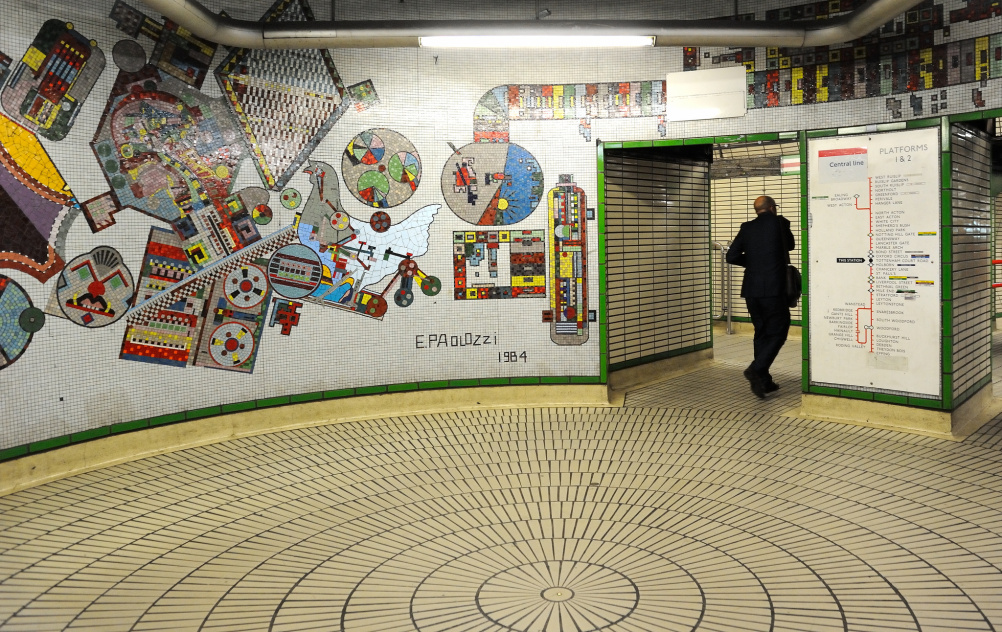
Source: Tim Adams
The Paolozzi mosaics, Tottenham Court Road Tube station
Campaigners from the group are now pushing for Government body English Heritage to undertake a national survey of post-war 20th century public art, which they hope would help to protect pieces of cultural value.
“We want to focus English Heritage’s attention on the need for this urgent review and on uncovering what’s great out there and what needs protecting,” says Henrietta Billings, senior conservation adviser at the 20th Century Society.
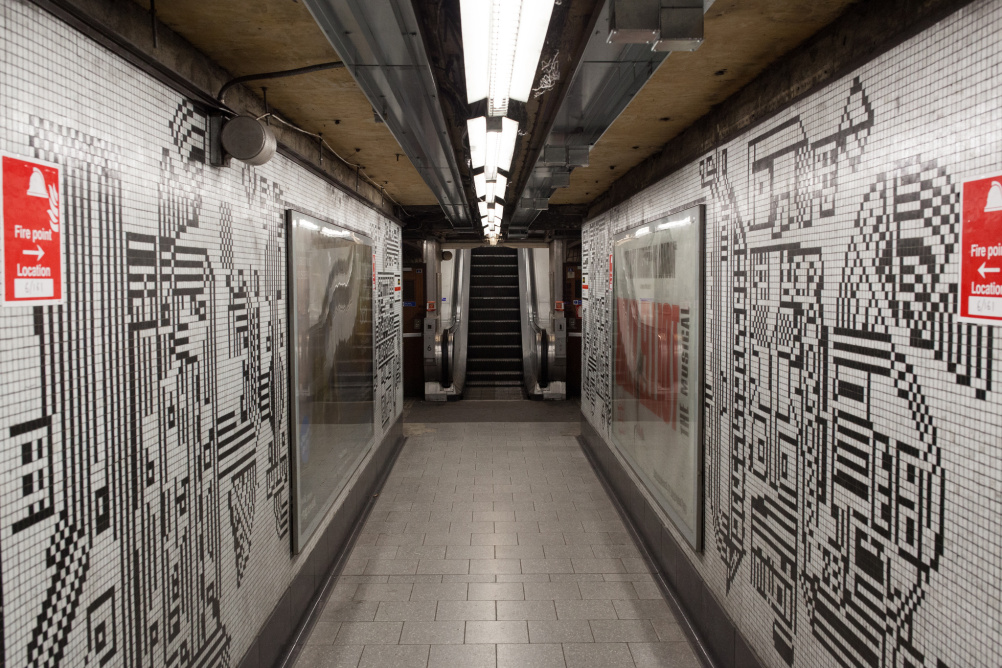
Source: Tom Page
The Paolozzi mosaics, Tottenham Court Road Tube station
The requirements for appearing on the national register would be based on architectural and historical importance, Billings says. Factors such as reputation of the artist, the piece’s composition, the quality of materials, what the piece represented at the time of design and its condition would affect the decision. “It’s the same principles that apply to the listing of buildings,” she says. “It’s not about monetary value – it’s an artistic and cultural appreciation.”
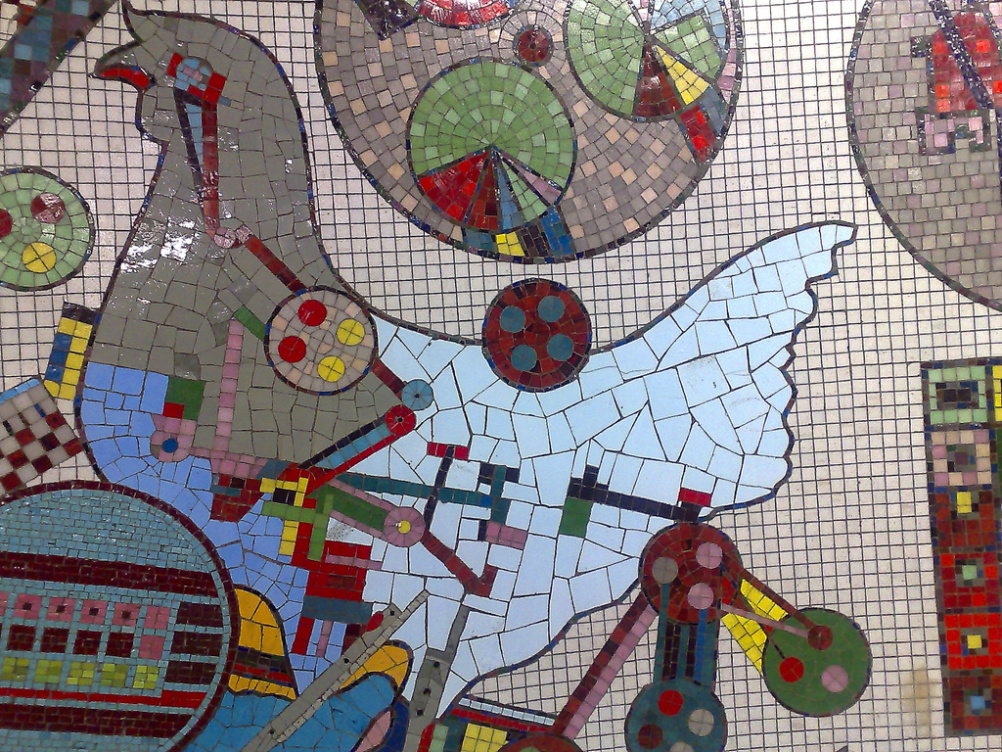
Source: Mark Hillary
The Paolozzi mosaics, Tottenham Court Road Tube station
The 20th Century Society hopes that the Paolozzi case will act as a “catalyst” for protection of public art, after 7,500 people signed a petition to save the rest of the artist’s mosaics from removal. “Public art is part of enriching daily life,” Billings says. “It’s commissioned work that is part of place-marking, enlivens the streetscape, and creates places that people want to live in.”
The society would like to see sculptures, murals and mosaics assessed. Examples of public art it would like to see included in the survey are the 1967 Hans Tisdall murals on the outside of the Faraday Building at the University of Manchester, and a 1958 Geoffrey Clarke sculpture at Thorn House, Upper St. Martin’s Lane in London.
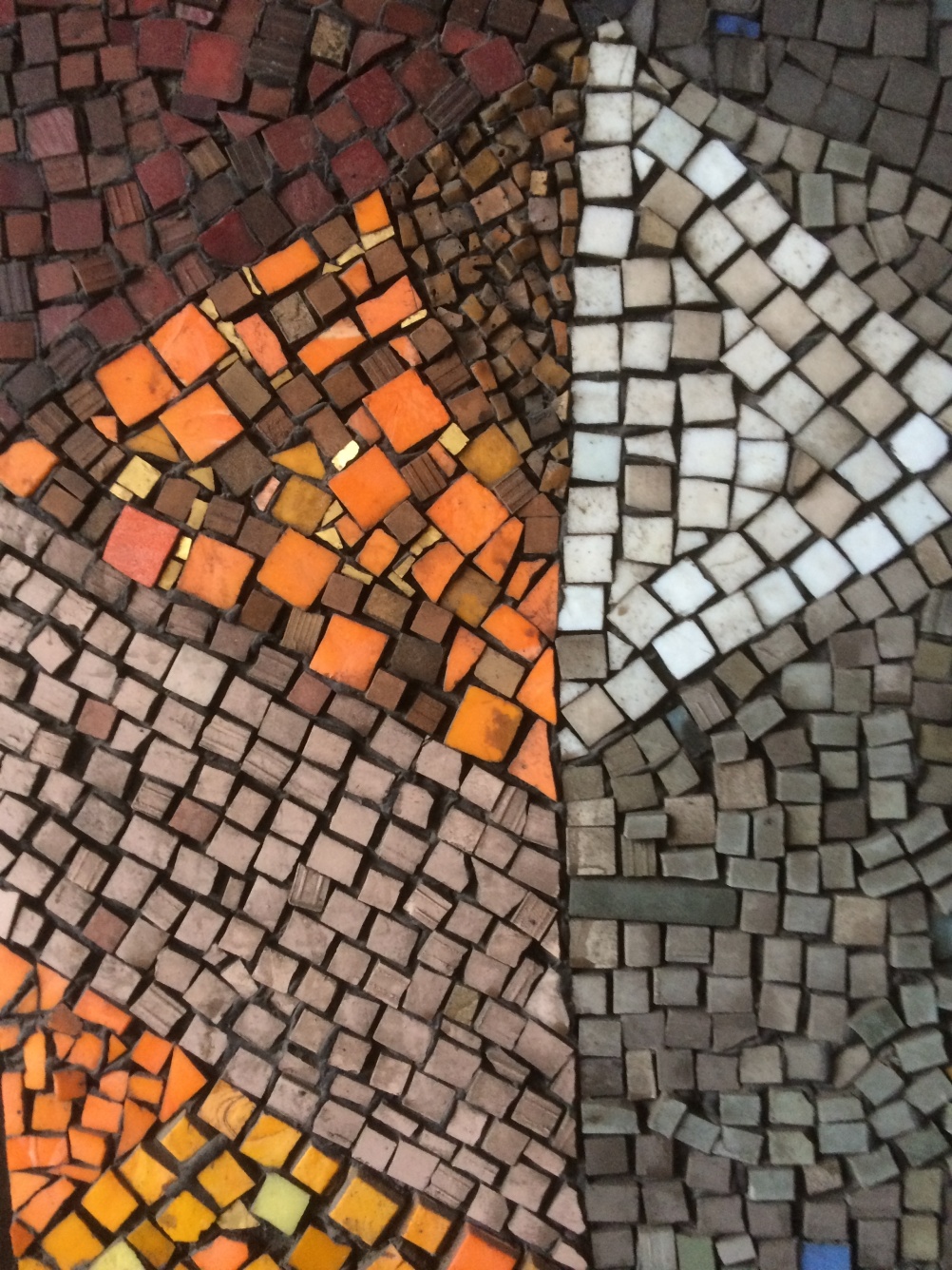
English Heritage would undertake the project, with consultation from groups such as 20th Century Society. The charity hopes that English Heritage will engage in a large-scale project, collaborating with organisations such as the London Mural Preservation Society, and with informed members of the public, such as civil society groups.
“It would be great if the public could input as much as possible, so the review is as thorough as it can be,” Billings says. “Ideally, people would be encouraged to submit entries for consideration by English Heritage to include in the survey – it’s up to them to set the parameters.”
20th Century Society previously saved a set of 1960s Dorothy Annan ceramic panels built into the Fleet building, London by consulting with local authorities and English Heritage when the building was demolished. The artwork has now been relocated to the Barbican for public viewing.
“The building itself wasn’t of architectural merit but the panels were recognised by public art experts,” Billings says. “We have to remember the pieces that are attached to unattractive buildings, designed to liven them up – it’s really important that the artwork is spotted and saved.”
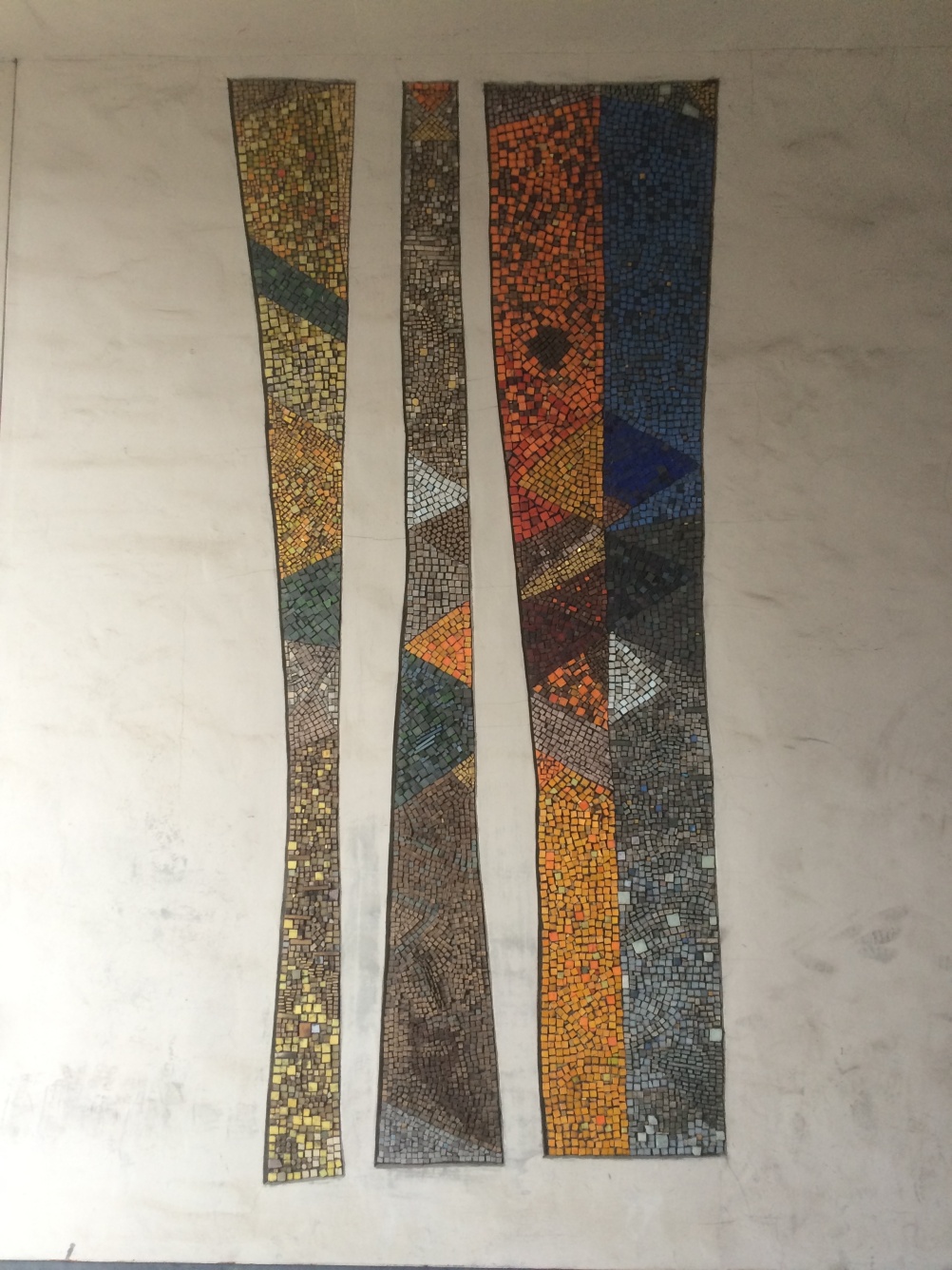
The society hopes that English Heritage will initiate the new register as soon as possible, and would like it to cover public art countrywide.
Roger Bowdler, director of designation at English Heritage, says that the body would like to work with the 20th Century Society, Tate Modern and the Public Monuments and Sculpture Association to collate and list public art, but that a new register is not confirmed.
“We are actively looking at identifying post-war public art, and it will be a clear priority for us when we become Historic England in April,” he says. “I’m a little bit wary about separate registers, because we wouldn’t be keen on producing a rival inventory to the existing National Heritage list for England, where the best examples of public art could be added – but it’s to be explored.”
He adds: “Public art has played a really positive part in enriching the experience of modern places, and what’s definite is our commitment to be looking at it and identifying the most important examples.”
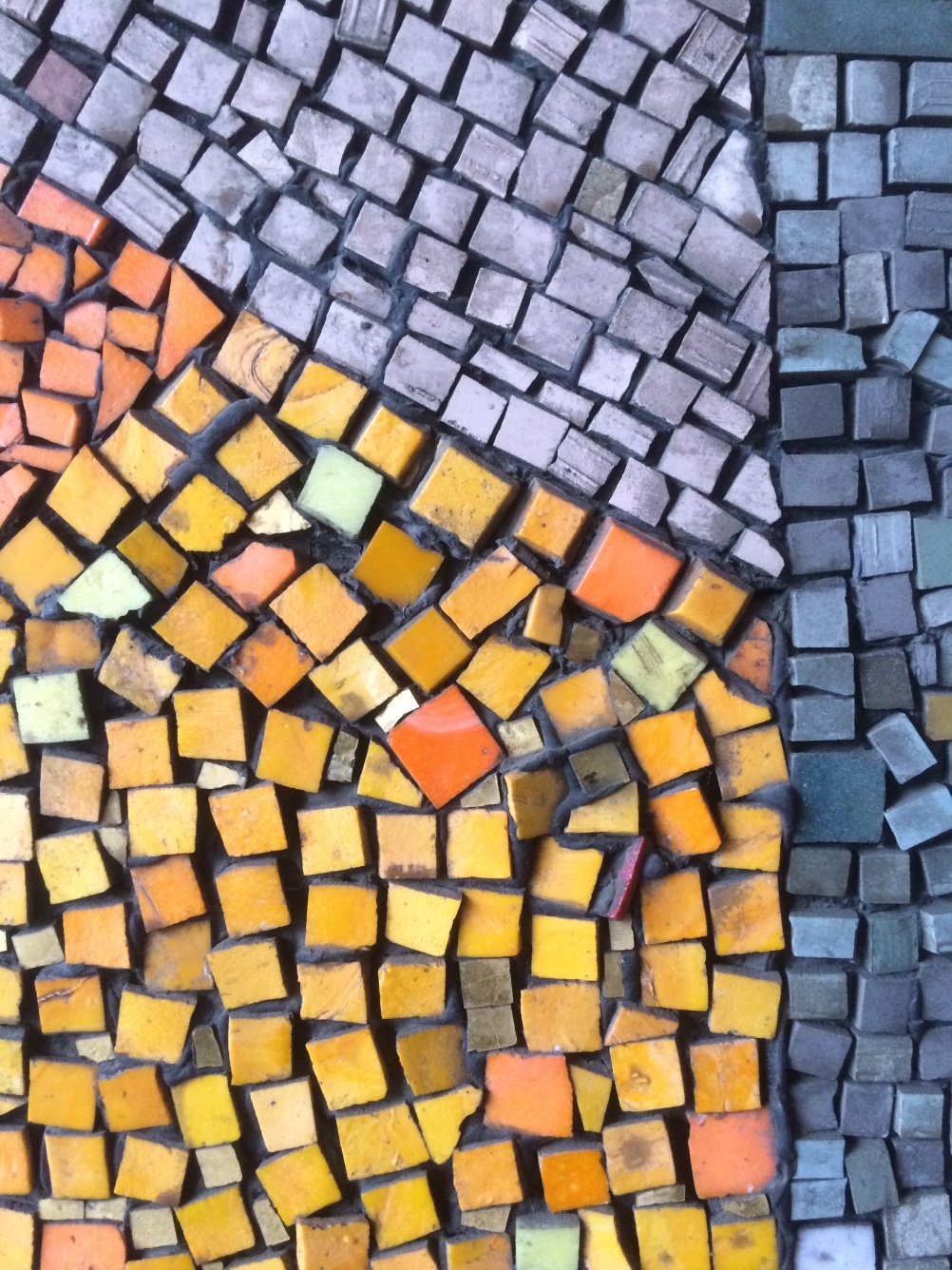




Bravi! Public art is an important part of our societies and history. Here’s a quick video of saving a mural in a City Hall Council Chambers from demolition:http://www.fineartconservationlab.com/mural-removal-public-art-saved-asbestos-abatement-city-hall-eugene-or/